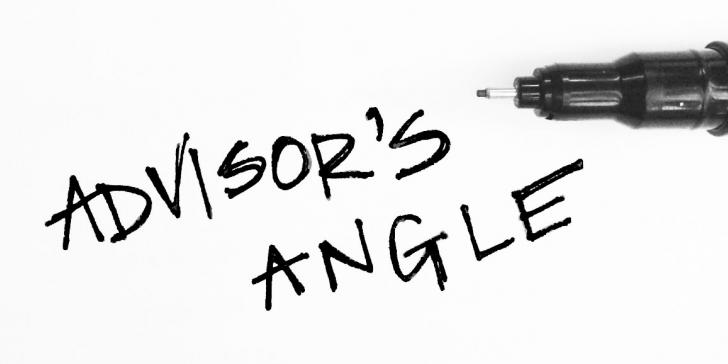Advisor's Angle: Reverse Culture Shock

Summer is on our doorstep and that means it is time to begin thinking about the inevitable– students returning home! While we want to assume and hope that students enjoyed their time here in the United States, we also imagine that they’re looking forward to going home and seeing their families and friends. Students should try to prepare themselves for what comes next upon returning to their home countries.
When going to a foreign country, it is common to expect to experience culture shock. However, a lot of people do not realize that when returning home from a foreign country, it is also extremely common to experience what is known as reverse culture shock, or re-entry shock.
Students experiencing reverse culture shock may start to feel sad, depressed, angry, and critical of their home country after returning. Reverse culture shock can be hard for students to deal with because they may expect going home to be easy. Although it may not be as severe or significant as it was to adjust to staying in the U.S., reverse culture shock can be more upsetting because students were expecting the initial move to another country to be difficult and are usually more prepared for it.
There are four stages to reverse culture shock.
Stage One:
Takes place before leaving for home. Students begin thinking about re-entry and making their preparations for their return home. They also begin to realize that it’s time to say goodbye to friends in America and the place they have come to call home. Toward the end of their stay, all of the goodbye parties and packing can intensify feelings of sadness and frustration. The last few days can go by so fast that students may not have time to reflect on their emotions.
Stage Two:
Usually begins around the departure, and is characterized by feelings of excitement and anticipation about returning home. This is similar to a “honeymoon” phase – students may be very happy to see family and friends again, and family and friends are happy about the student’s return. The length of this stage varies, and often ends with the realization that most people are not as interested in hearing about the student’s experiences in America as they thought the would be.
Stage Three:
Transitions from stage 2 when the student may experience feelings of frustration, anger, alienation, loneliness, disorientation and helplessness, and he/she may not understand exactly why.
Stage Four:
A gradual readjustment to life at home. Things will start to seem a little more normal again and students will probably fall back into some old routines, but things won’t be exactly the same as before. Students have most likely developed new attitudes, beliefs, and habits as well as personal and professional goals. The important thing is to try and incorporate the positive aspects of international experiences with the positive aspects of a student’s home country.